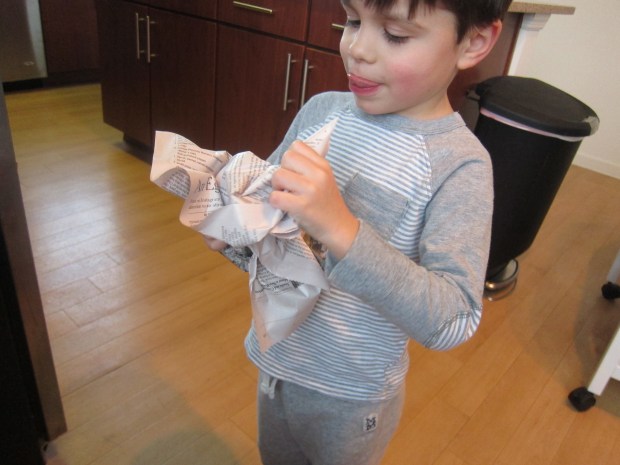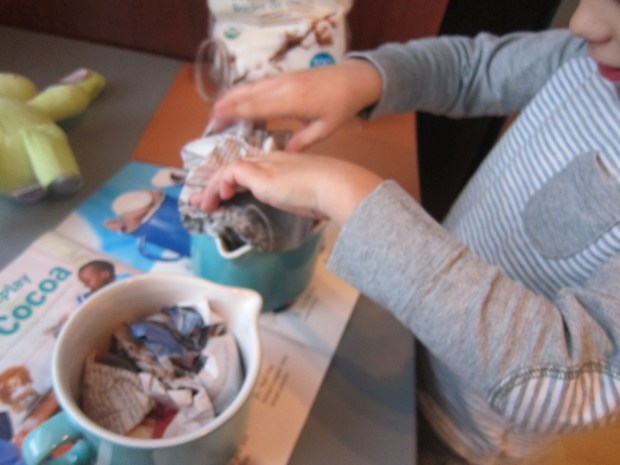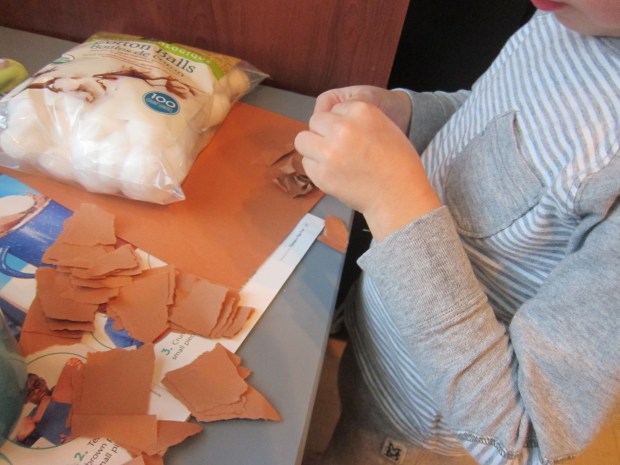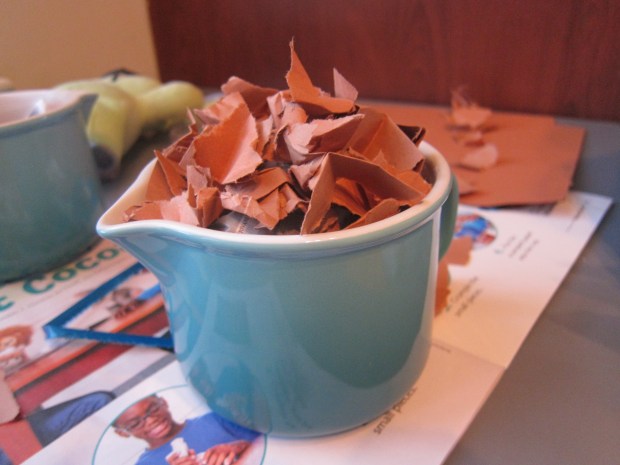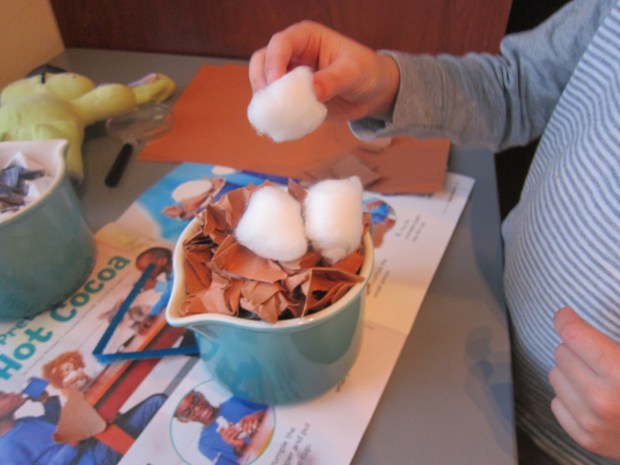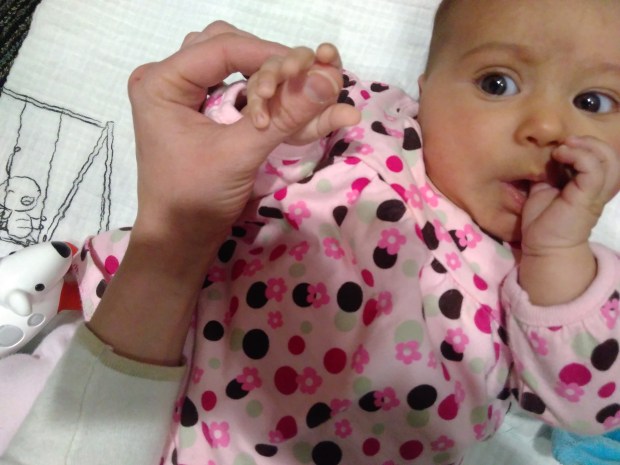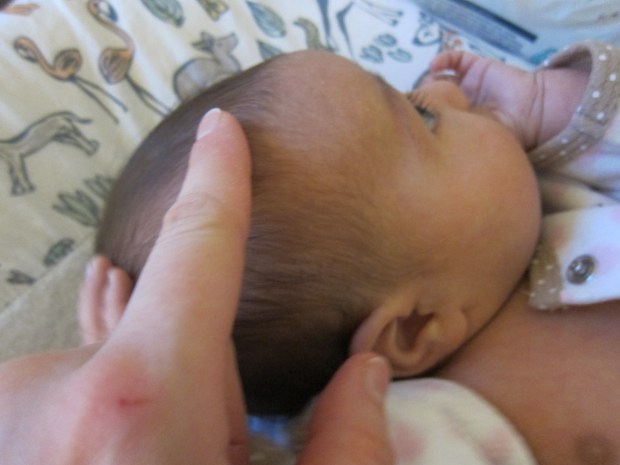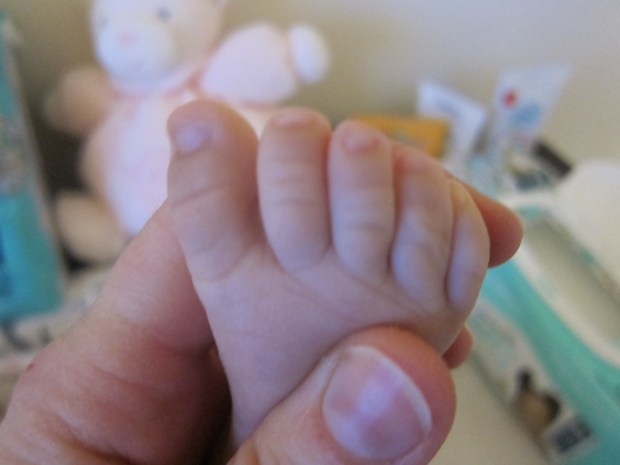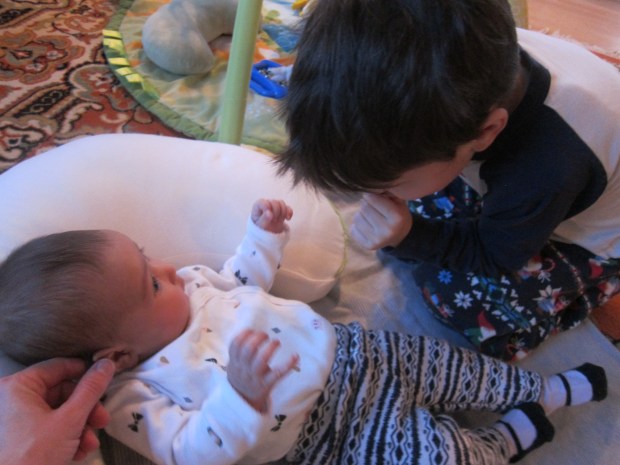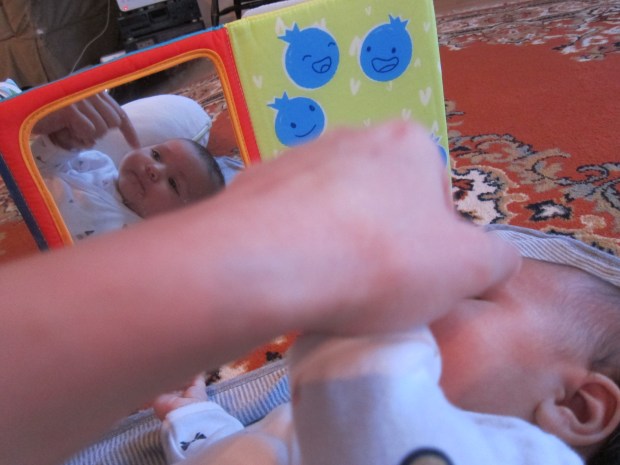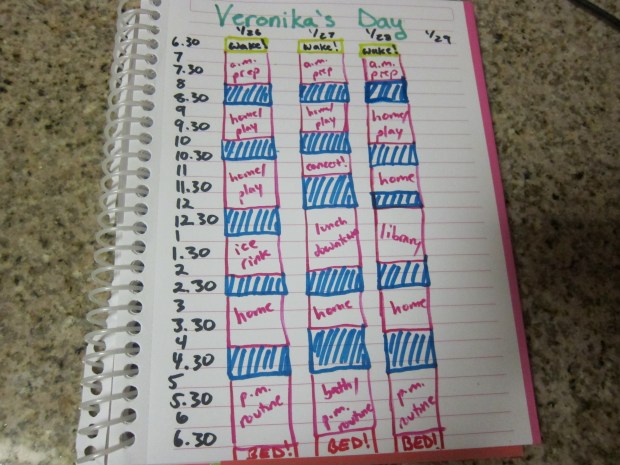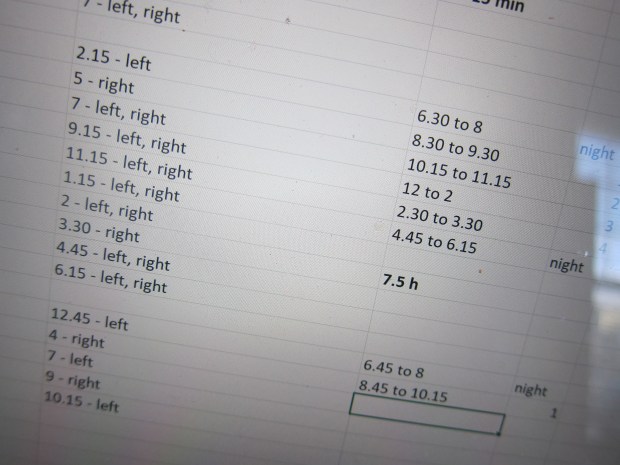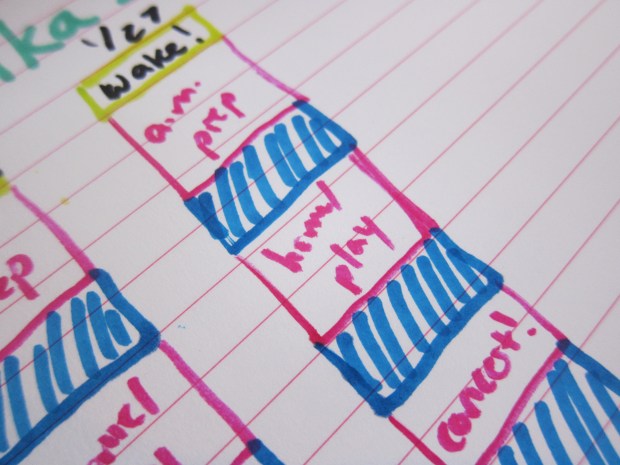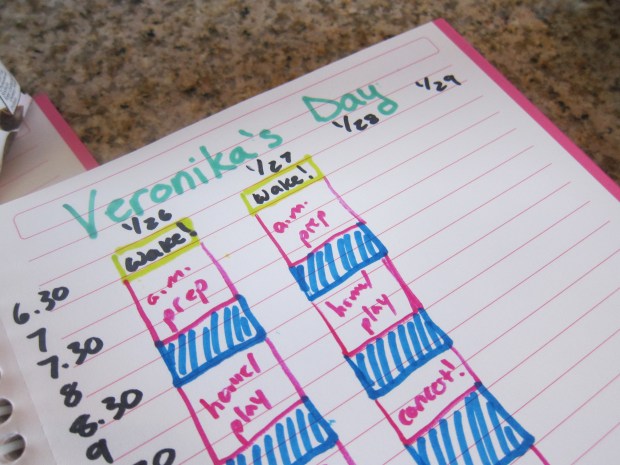
Congratulations! If you’re following my baby activity log, then your child has reached three months old, a big milestone for babies. Likely you’re finding that sleep cycles (for you and your child both!) are more predictable and longer than in the very early days.
More sleep means more memory, so you might be feeling less forgetful than in the very beginning… But now’s not the time to grow overly confident. You still have a very little child and things can get unpredictable and sleepless again quickly (i.e. during wonder weeks).
To head things off, I invested in a magnetic dry-erase pad for the fridge. Any magnetic pad would work fine, but I love the dry-erase aspect because I’m tired of seeing messy notes to myself like this:

Now, I can write notes about the things that need to get done, and simply swipe away when done. This is fantastic when I remember something in the middle of a nighttime nursing session, or while juggling a million details by day.
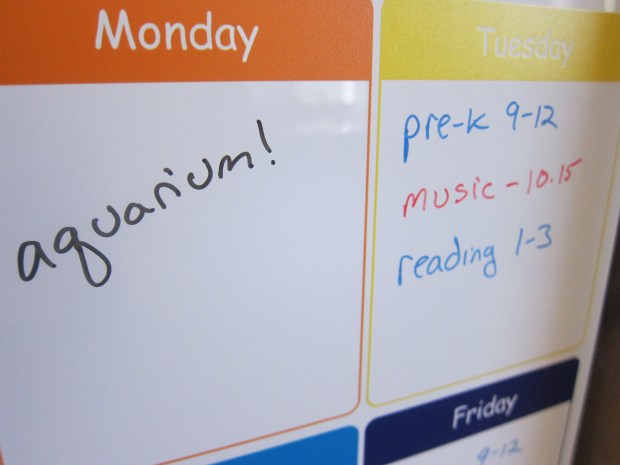
I love that I can also color-coordinate schedules by family member, so I can see everyone’s day in one place.
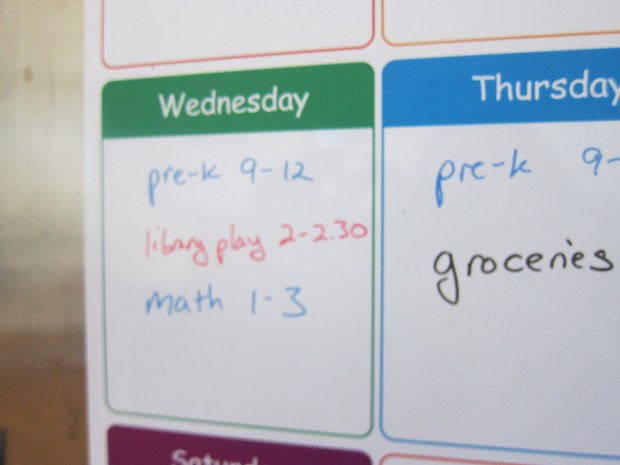
In sum, this is another great tool in my ongoing quest to be as organized as possible. So get your own system up on the fridge, and jot away! Need to buy more diapers? Now you’ll remember. The baby last nursed at 6 o’clock? Now you’ll remember. The family has 3 engagements next Tuesday? Now you’ll remember.
What’s your favorite trick for remembering all the details in the sleepy infant days? Do share in the comments!


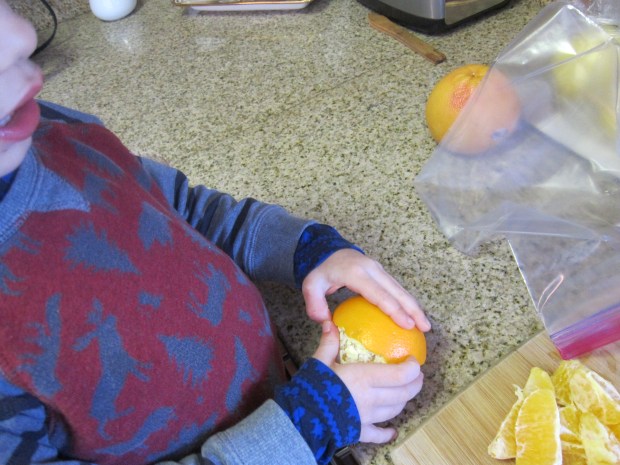
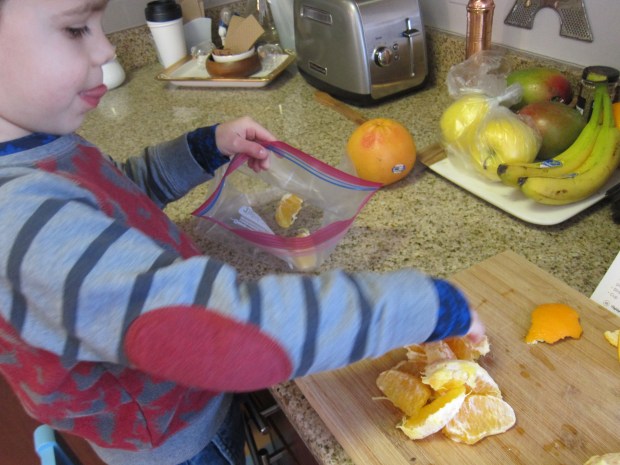

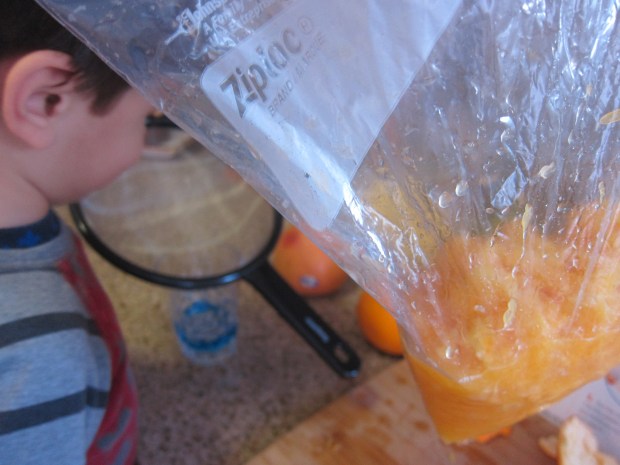




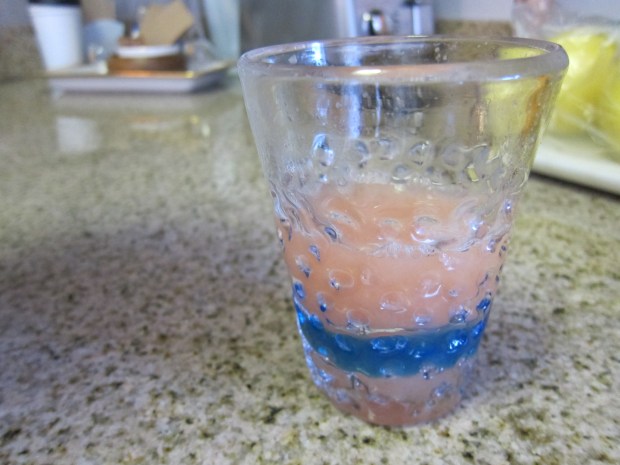

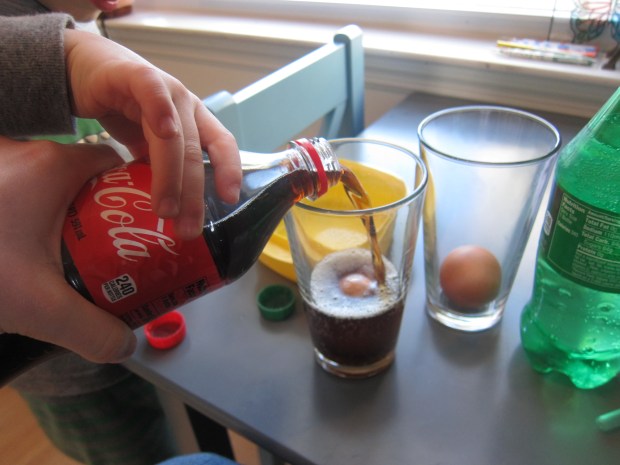
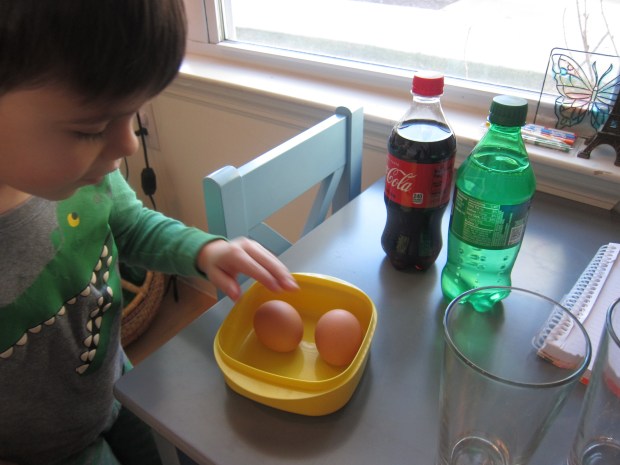


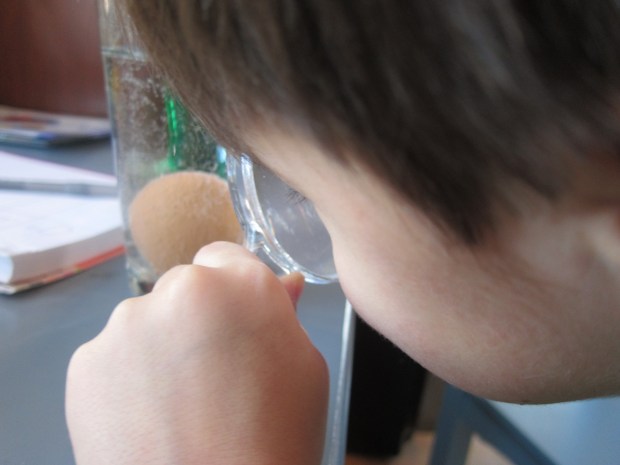
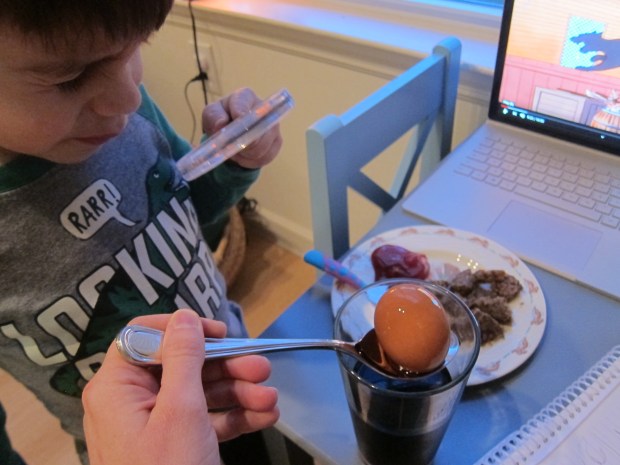
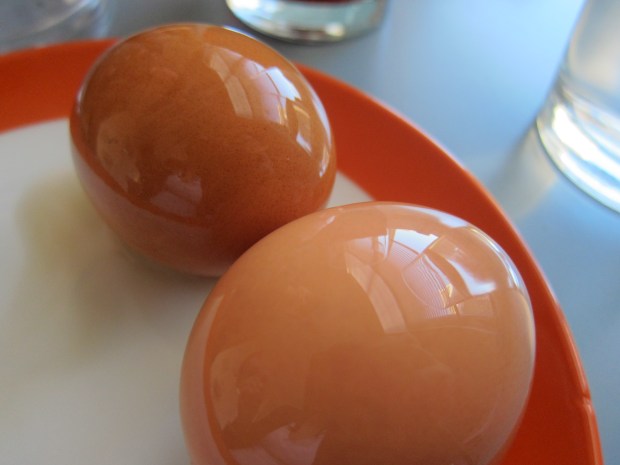

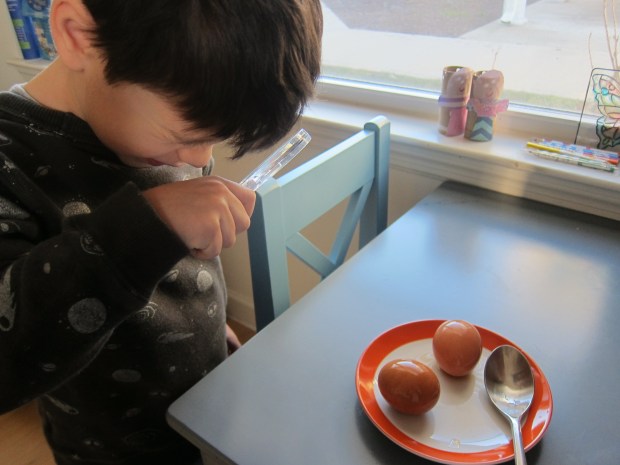

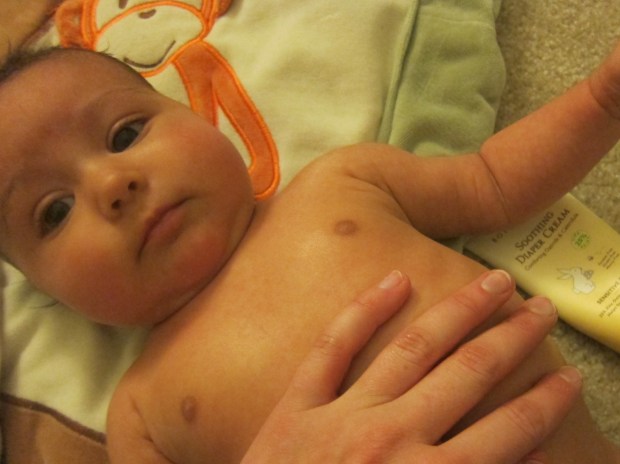

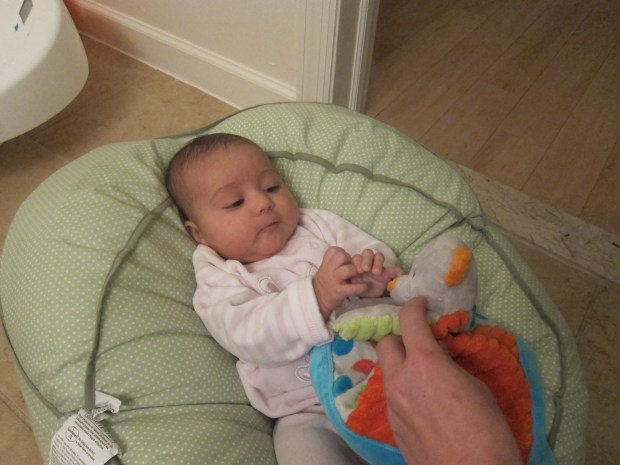


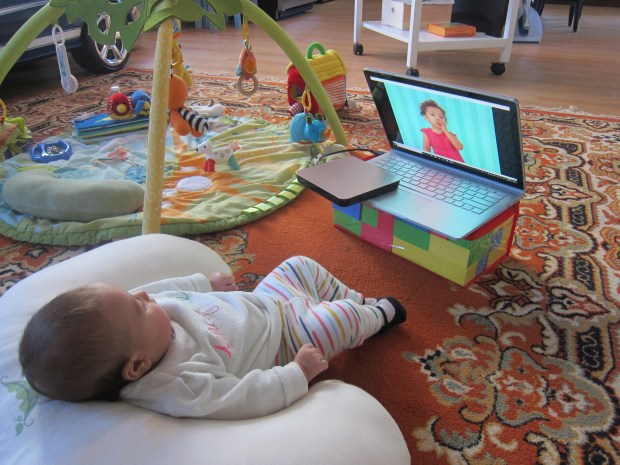

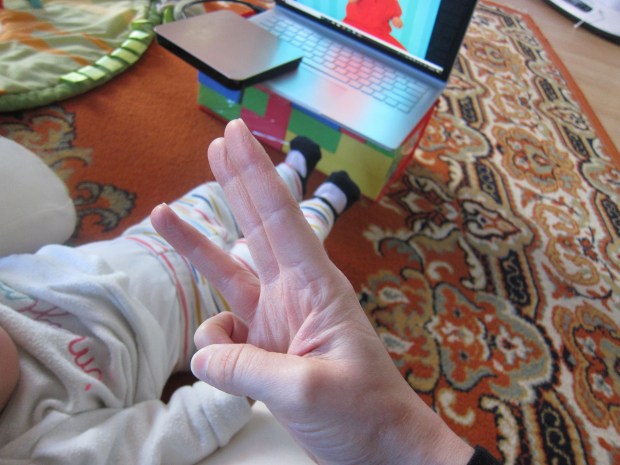


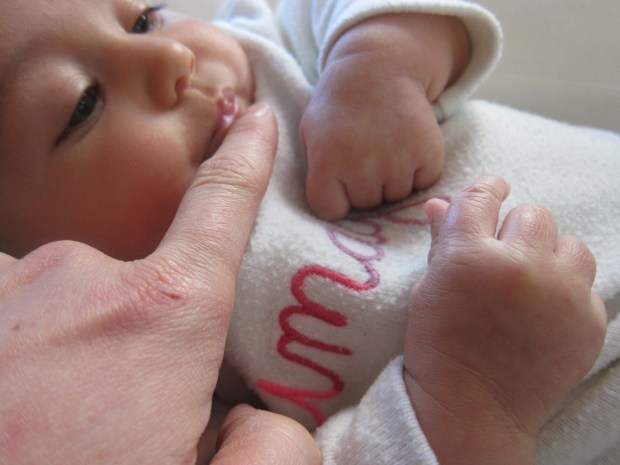
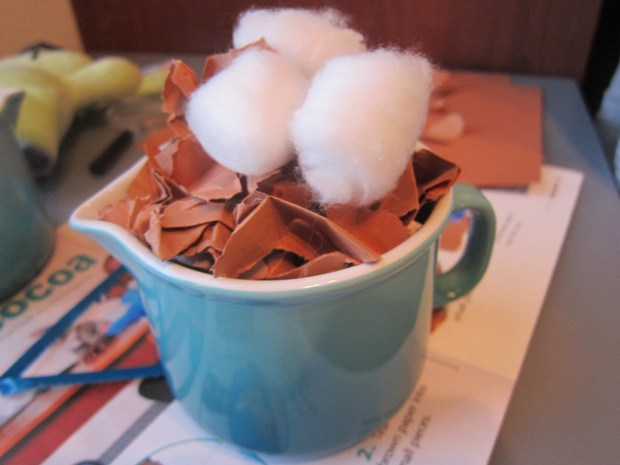 Ok, so this cute little craft won’t really warm the kids up during the polar vortex, but it will get their imaginative juices flowing! We loved this pretend play idea from
Ok, so this cute little craft won’t really warm the kids up during the polar vortex, but it will get their imaginative juices flowing! We loved this pretend play idea from 